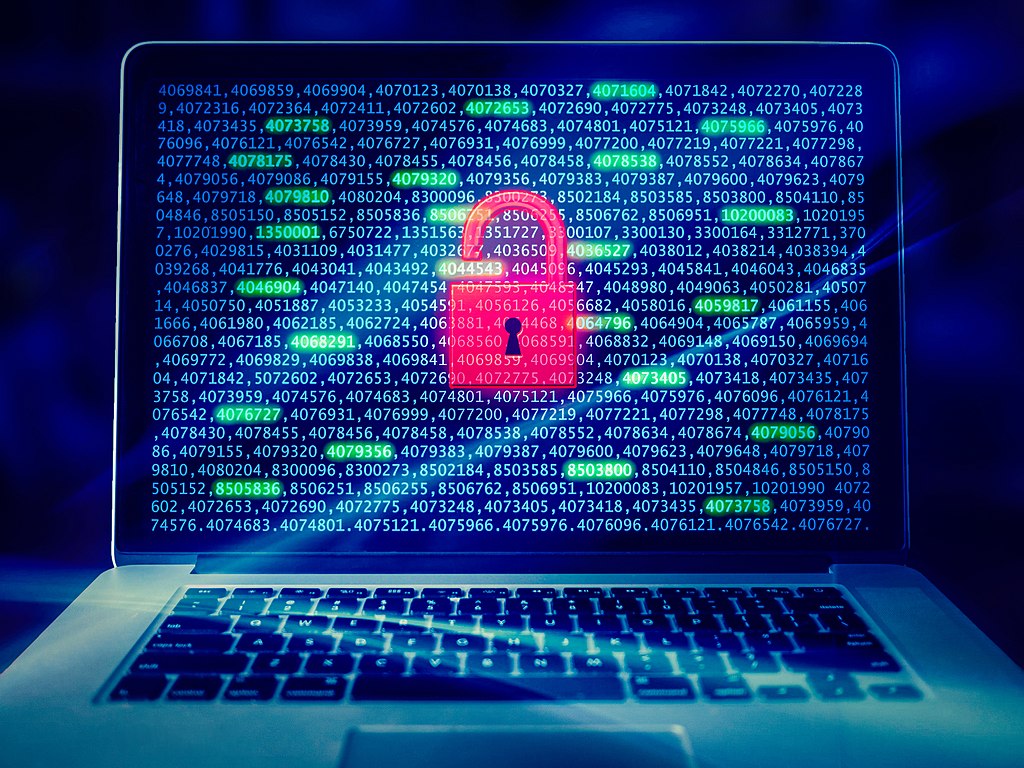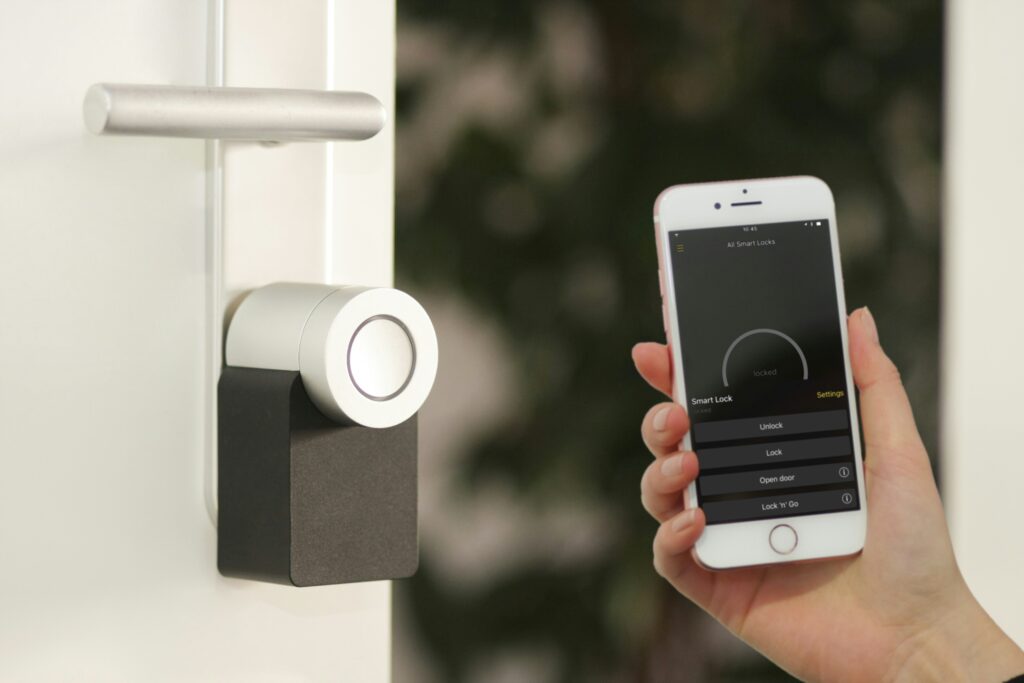
A study from the University of North Carolina’s Department of Criminal Justice & Criminology shows that a visible security camera system deters 60% burglaries but a poorly designed system can be easily bypassed.
While a home security camera is an invaluable protection, homeowners often make mistakes unknowingly that can either render the security setup useless or provide a false sense of security. Here are 10 common and overlooked security camera mistakes to avoid, along with explanations to strengthen your home’s defenses.
Compromising security camera quality

Grainy, low-resolution footage is like having a blurry witness – unreliable and unhelpful. Invest in high-definition (HD) cameras, ideally with at least 1080p resolution. This helps to zoom in on details like faces and license plates, which is crucial for identification purposes. Consider opting for even higher resolutions like 4K for expansive areas.
Ignorance about field of view

Field of view refers to the horizontal and vertical angles a camera can capture. A narrow field of view will miss crucial activity on the edges, while an ultrawide view will distort images. When placing cameras, consider the intended coverage area and choose a camera with an appropriate field of view to ensure complete surveillance.
Ignoring area lighting

Even the best home security camera struggles in darkness. Without adequate lighting, footage becomes pixelated and unusable. For outdoor cameras, position them in well-lit areas near doorways or invest in outdoor lighting with motion sensors to automatically illuminate areas upon activity detection.
Installing camera/s in predictable locations

Seasoned burglars know the usual hiding spots for home security cameras. Mounting them directly above doorways or front porches is an open invitation to disable them with a broom handle. Opt for unexpected locations with a clear view of entry points, such as above doorways at an angle or strategically placed near corners. This element of surprise can deter criminals and provide valuable footage.
Ignoring weatherproofing the security system

Imagine a snowstorm rendering your security camera blind just as a break-in occurs. Outdoor cameras need to withstand the elements – rain, snow, scorching sun, and extreme temperatures. Choose weatherproof models with an appropriate Ingress Protection (IP) rating. An IP rating of 65 or higher signifies the camera’s resistance to dust and water jets, making it suitable for most outdoor environments.
Dependence on wireless systems

While convenient, wireless cameras come with inherent risks. Their signal can be interfered with, potentially causing dropped footage or complete signal loss during critical moments. Additionally, wireless networks are more susceptible to hacking attempts. Consider wired camera connections at important areas, especially entry points and valuables storage spaces.
Using simple passwords

Default camera passwords are like leaving your front door unlocked – an open invitation for anyone to break-in. These generic passwords are readily available online, making your camera system vulnerable. Create strong and unique passwords that combine uppercase and lowercase letters, numbers, and symbols. Avoid using personal information like birthdays or pet names, and change your passwords regularly to maintain optimal security.
Using open network access

Think of your wifi network as a highway. An open wifi network is like an open highway with no gatekeeper – anyone can access it, including potential hackers. Secure your home network with WPA2 encryption, the current industry standard for wifi security. This creates a virtual barrier that requires a password for access, keeping your camera system and other connected devices safe.
Failure to update firmware

Firmware is essentially the operating system of your camera, and just like any software, it requires updates to address security vulnerabilities and bugs. Outdated firmware can leave your camera system exposed to exploits. Set your cameras to automatically download and install firmware updates whenever they become available. This ensures your system remains patched and protected against the latest threats.
Sharing camera access

Sharing access to your home security camera system is like handing out spare keys to your home. Limit access only to those who genuinely need it, such as trusted family members or housekeepers when you are away. Avoid sharing access with casual acquaintances or giving out login information on unsecured platforms.

[…] physical keys we carry to the digital credentials used online, HID Global plays a crucial role in keeping us safe and our information secure. Let us look at 10 interesting facts about this influential […]